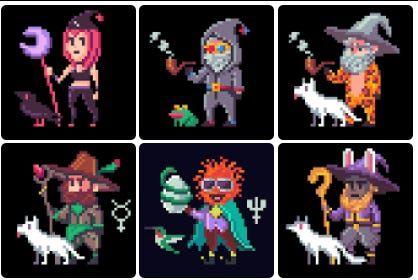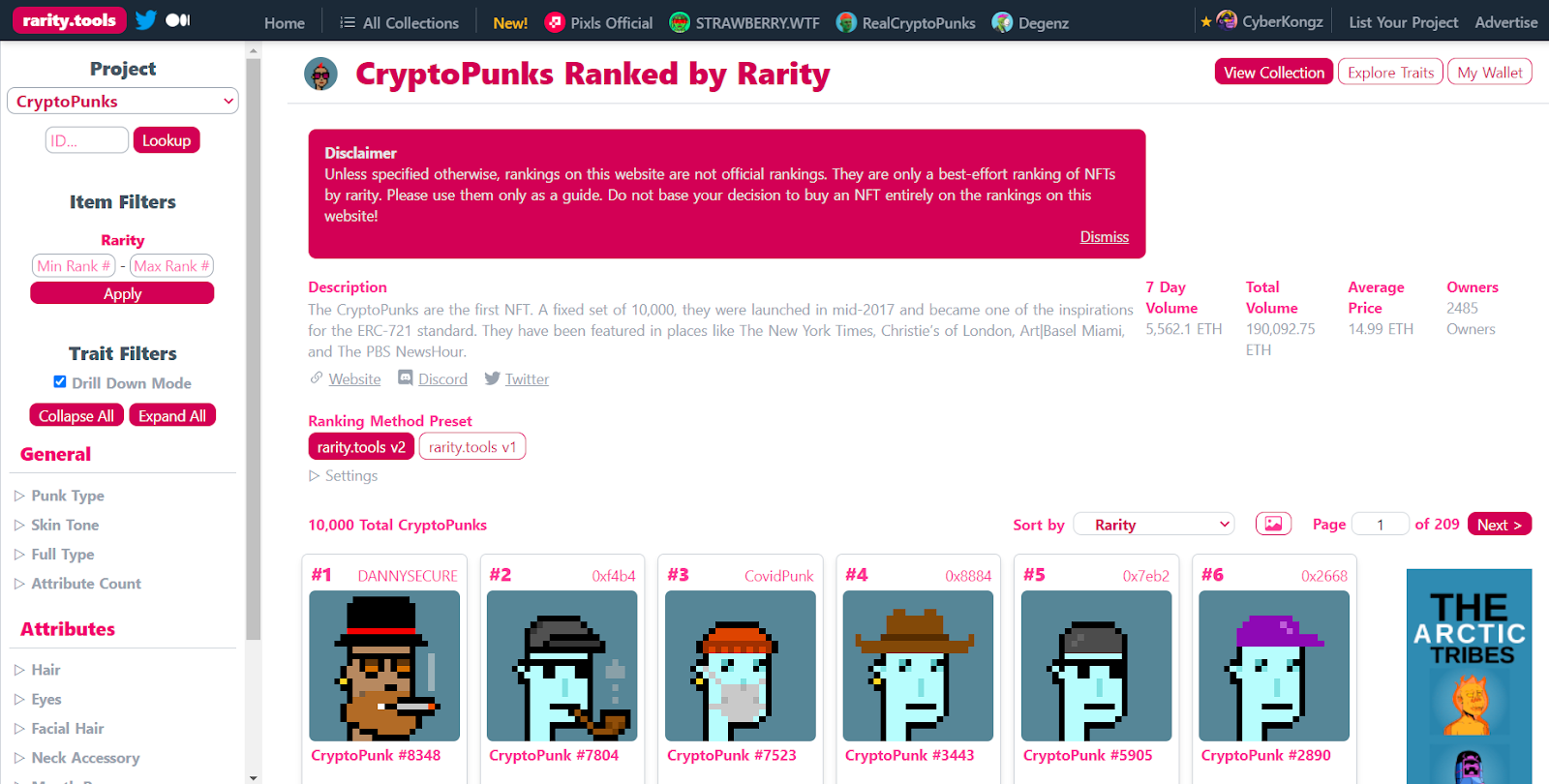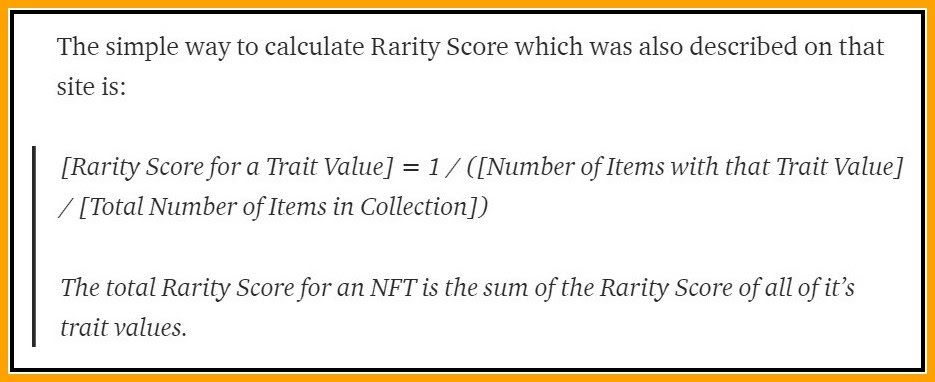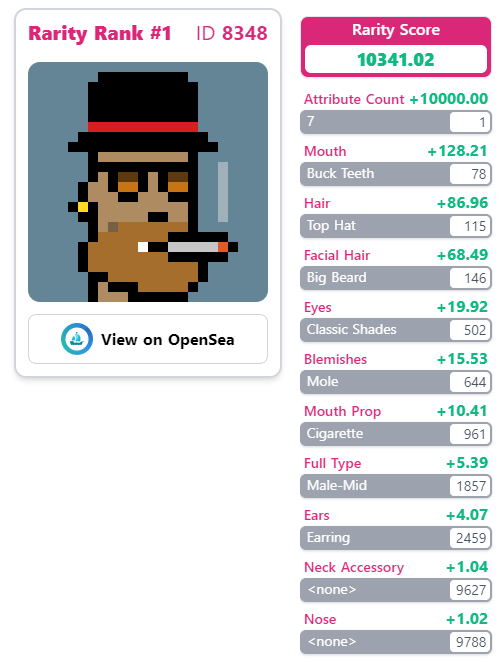How to use rarity.tools

Dear Bankless Nation,
Last month artist Joshua Bagley released Dreams, a series of 700 generative artworks that explore “uneven subdivision,” as an Art Blocks curated drop.
Fortunately, Bagley wrote up a post outlining the rich variation in visual properties exhibited throughout the NFT series. It’s a fun read in and of itself, but it’s also a great resource for collectors and traders wanting to navigate the idiosyncrasies of Dreams.
However, it’s not always the case that we’re lucky enough to get these sorts of insightful write-ups. Indeed, most of the time we have to figure out what makes our new NFTs special on our own.
This process doesn’t have to be hard, though. Not when you have an upstart service like rarity.tools, a website making it easy for users to learn and track rarity insights about popular NFT collectibles. Let’s get you up to speed!
-WMP
Inside rarity.tools
In Metaversal a few weeks back we explored DeGenData, a helpful NFT analytics platform. Now it’s time to level up your NFT analytics capabilities again by adding a new tool to your repertoire. Namely, rarity.tools!

Creator crazy4nfts introduced rarity.tools in April 2021 as a retooled and expanded version of their initial WFbrowser ranking system for the Waifusion NFT project.
The updated rarity.tools webiste, now more widely focused on “ranking generative art and collectible NFTs by rarity,” began with support for high-profile NFT projects like CryptoPunks, Bored Ape Yacht Club, and Hashmasks. The service has since expanded to support an array of projects, including newer community favorites like Forgotten Runes Wizards Cult and Cool Cats.
The Rarity Score 101
For its rarity scorings, rarity.tools doesn’t rely purely on the statistical rarity or average rarity of NFT traits.
Instead, it relies on a Rarity Score system devised by crazy4nfts that gives a balanced “emphasis to single rare traits and also includes overall trait rarities in its calculation” to provide nuance.

The result of this system, then, are rarity scores you can use to compare a project’s NFTs with one another. Consider the rarity.tools info bar for CryptoPunk 8348, the rarest CryptoPunk. That’s because there’s only one Punk with 7 attributes, and he’s it! So as you can see below, he dominates rarity.tools when you count up all his points and arrive at his total score 💥

How to use rarity.tools
So you’ve recently minted an NFT in a generative collectibles drop, and now you want to find out how rare it is.
For example, here’s a hypothetical: you’ve minted STRAWBERRY.WTF collectible #314 and you see on OpenSea that it looks pretty cool. So how’s it compare to all its other pixelated Strawberry peers?

At this point, you can:
Navigate to rarity.tools, click on the “All Collections” button, and with the search bar pull up the STRAWBERRY.WTF project.
The left sidebar of the ensuing data dashboard provides you with an advanced search interface where you can search for your Strawberries via ID, listing type (Buy Now or Auction), Price (Min. to Max ETH), and Rarity Ranks (Min. to Max Rank #s).
In this hypothetical scenario you just want to see what your character is made of, so input 314 into the ID search bar and press “Lookup.” You’ll next get a pop-up that looks like so:

Now it’s time to explore! In the image above you can see that Strawberry 314 has a Rarity Rank #64, indicating that per the rarity.pools system this NFT ranks as the 64th rarest in its series — that is, out of the ~5,000 of the 10,000 Strawberries the site currently tracks so expect numbers to fluctuate as more data comes in!
In the image above you can also see the NFT’s Rarity Score, which is +357 right now for Strawberry 314, and how that score is precisely arrived at. Note, rarity.tools also shows you the highest floor prices for NFT’s particular traits at any given time via OpenSea.
Keep things in perspective
Here, it’s worth reminding everyone that rarity isn’t everything when it comes to NFTs — it’s just one aspect worth scrutinizing. Moreover, analytics services like rarity.tools can miss things as the team has previously explained:
“Some NFTs might have unique aesthetics and some NFTs might have unique trait combinations that can’t be accounted for. So don’t use the rarity as the only determining factor [...] Most individual NFTs in generative NFT collections are unique 1 of 1 when considering all their traits combined.”
The rarity.tools project also stresses to its users that its rankings are “not official rankings” and should only be used as general guides. At the end of the day, it’s up to you to consider rarity + aesthetic implications and market conditions from a range of tools and services (e.g. OpenSea, DeGenData, rarity.tools) to get the best understandings of NFTs’ valuations!
Action steps
- 📰 Read “Understanding Rarity Calculation Methods” by rarity.tools
- 📰 Read “How to Appraise NFTs on Upshot” by Metaversal